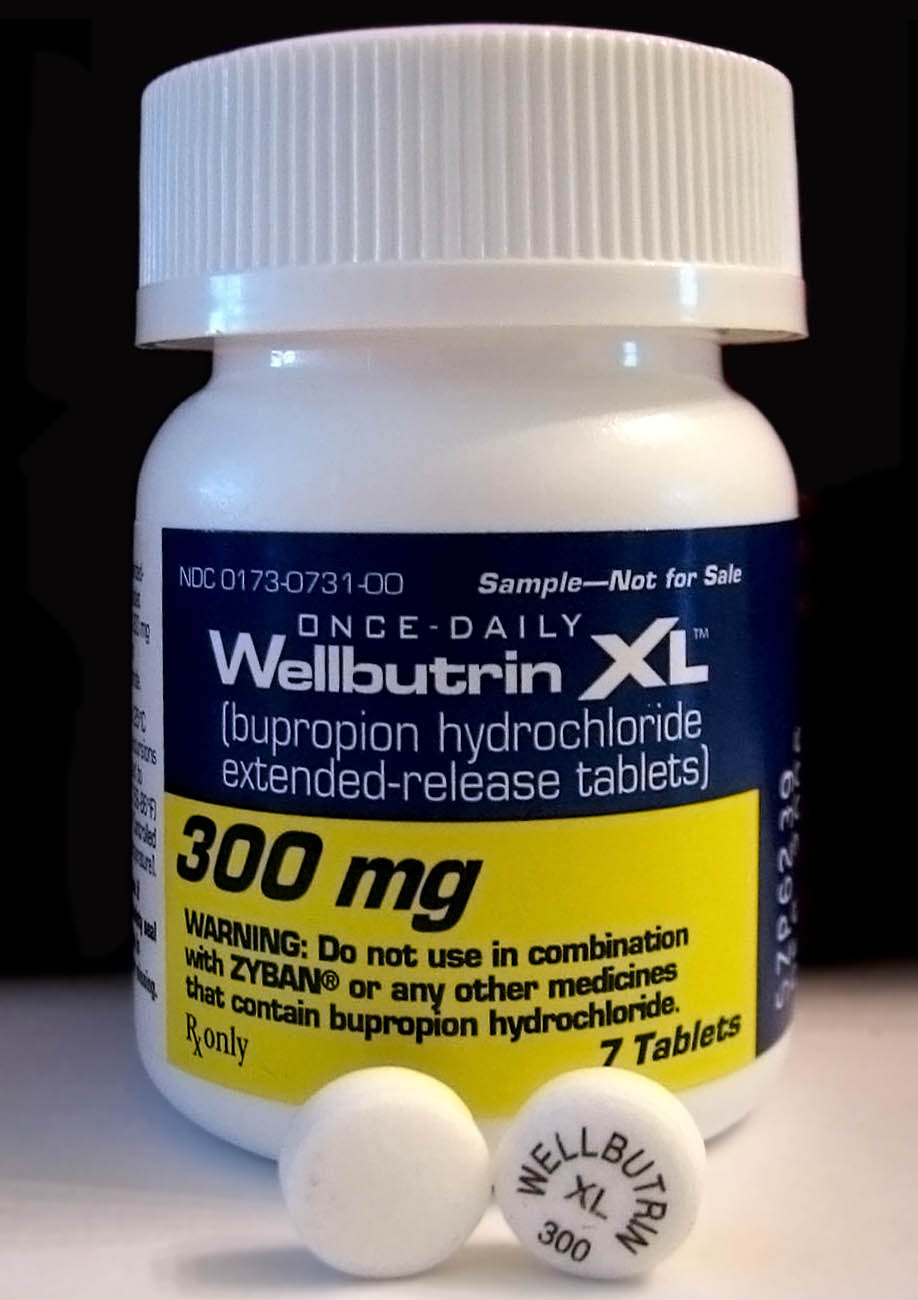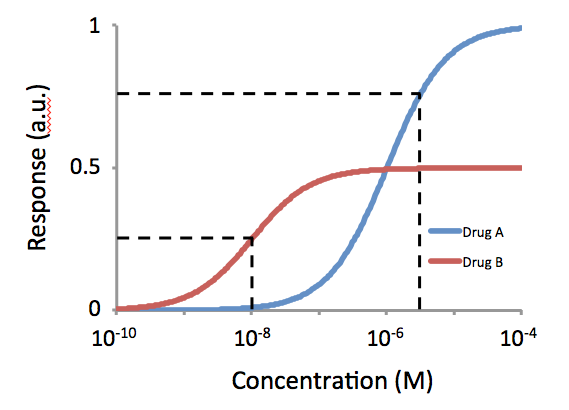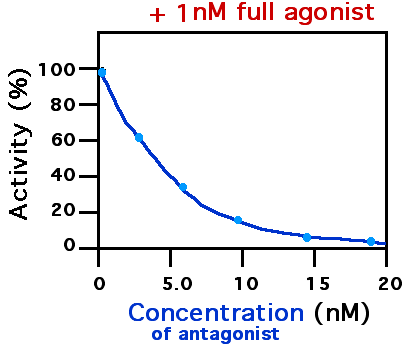|
Hydroxybupropion
Hydroxybupropion (code name BW 306U), or 6-hydroxybupropion, is the major active metabolite of the antidepressant and smoking cessation drug bupropion. It is formed from bupropion by the liver enzyme CYP2B6 during first-pass metabolism. With oral bupropion treatment, hydroxybupropion is present in plasma at area under the curve concentrations that are as many as 16–20 times greater than those of bupropion itself, demonstrating extensive conversion of bupropion into hydroxybupropion in humans. As such, hydroxybupropion is likely to play a very important role in the effects of oral bupropion, which could accurately be thought of as functioning largely as a prodrug to hydroxybupropion. Other metabolites of bupropion besides hydroxybupropion include threohydrobupropion and erythrohydrobupropion. Pharmacology Pharmacodynamics Compared to bupropion, hydroxybupropion is similar in its potency as a norepinephrine reuptake inhibitor ( IC50 = 1.7 μM), but is substantially weaker a ... [...More Info...] [...Related Items...] OR: [Wikipedia] [Google] [Baidu] |
Bupropion
Bupropion, sold under the brand names Wellbutrin and Zyban among others, is an atypical antidepressant primarily used to treat major depressive disorder and to support smoking cessation. It is also popular as an add-on medication in the cases of "incomplete response" to the first-line selective serotonin reuptake inhibitor (SSRI) antidepressant. Bupropion has several features that distinguish it from other antidepressants: it does not usually cause sexual dysfunction; it is not associated with weight gain and sleepiness, and it is more effective than SSRIs at improving symptoms of hypersomnia and fatigue. Bupropion does, however, carry a much higher risk of seizure than many other antidepressants and extreme caution must be taken in patients with a history of seizure disorder. Common adverse effects of bupropion with the greatest difference from placebo are dry mouth, nausea, constipation, insomnia, anxiety, tremor, and excessive sweating. Raised blood pressure is notable. ... [...More Info...] [...Related Items...] OR: [Wikipedia] [Google] [Baidu] |
Radafaxine
Radafaxine (developmental code name GW-353,162), also known as (2''S'',3''S'')-hydroxybupropion or (''S'',''S'')-hydroxybupropion, is a norepinephrine–dopamine reuptake inhibitor (NDRI) which was under development by GlaxoSmithKline in the 2000s for a variety of different indications but was never marketed. These uses included treatment of restless legs syndrome, major depressive disorder, bipolar disorder, neuropathic pain, fibromyalgia, and obesity. Regulatory filing was planned for 2007, but development was discontinued in 2006 due to "poor test results". Pharmacology Pharmacodynamics Radafaxine is described as a norepinephrine–dopamine reuptake inhibitor (NDRI). In contrast to bupropion, it appears to have a higher potency on inhibition of norepinephrine reuptake than on dopamine reuptake. Radafaxine has about 70% of the efficacy of bupropion in blocking dopamine reuptake, and 392% of efficacy in blocking norepinephrine reuptake, making it fairly selective for inhibiti ... [...More Info...] [...Related Items...] OR: [Wikipedia] [Google] [Baidu] |
Erythrohydrobupropion
Erythrohydrobupropion (developmental code names BW 287, BW 17U) is a substituted amphetamine derivative—specifically a β-hydroxyamphetamine—and a minor active metabolite of the antidepressant drug bupropion (Wellbutrin). Bupropion is a norepinephrine–dopamine reuptake inhibitor and nicotinic acetylcholine receptor negative allosteric modulator, with its metabolites contributing substantially to its activities. Erythrohydrobupropion exists as two isomers, (1''R'',2''S'')-erythrohydrobupropion and (1''S'',2''R'')-erythrohydrobupropion. Other metabolites of bupropion include hydroxybupropion and threohydrobupropion. Information on the pharmacological actions of erythrohydrobupropion is scarce. In any case, it is about 20% as pharmacologically potent as bupropion and in the range of 20 to 50% as potent as bupropion in mouse models of depression. It circulates at similar concentrations as bupropion during bupropion therapy. Conversely, two other metabolites, hydroxybupropio ... [...More Info...] [...Related Items...] OR: [Wikipedia] [Google] [Baidu] |
Threohydrobupropion
Threohydrobupropion (developmental code names BW 494, BW A494U) is a substituted amphetamine derivative—specifically a β-hydroxyamphetamine—and a major active metabolite of the antidepressant drug bupropion (Wellbutrin). Bupropion is a norepinephrine–dopamine reuptake inhibitor and nicotinic acetylcholine receptor negative allosteric modulator, with its metabolites contributing substantially to its activities. Threohydrobupropion exists as two isomers, (1''R'',2''R'')-threohydrobupropion and (1''S'',2''S'')-threohydrobupropion. Other metabolites of bupropion include hydroxybupropion and erythrohydrobupropion. Information on the pharmacological actions of threohydrobupropion is scarce. In any case, it is about 20% as pharmacologically potent as bupropion and in the range of 20 to 50% as potent as bupropion in mouse models of depression. Moreover, threohydrobupropion has been reported to weakly inhibit the reuptake of norepinephrine, dopamine, and serotonin with rat o ... [...More Info...] [...Related Items...] OR: [Wikipedia] [Google] [Baidu] |
Dopamine Reuptake Inhibitor
A dopamine reuptake inhibitor (DRI) is a class of drug which acts as a reuptake inhibitor of the monoamine neurotransmitter dopamine by blocking the action of the dopamine transporter (DAT). Reuptake inhibition is achieved when extracellular dopamine not absorbed by the postsynaptic neuron is blocked from re-entering the presynaptic neuron. This results in increased extracellular concentrations of dopamine and increase in dopaminergic neurotransmission. DRIs are used in the treatment of attention-deficit hyperactivity disorder (ADHD) and narcolepsy for their psychostimulant effects, and in the treatment of obesity and binge eating disorder for their appetite suppressant effects. They are sometimes used as antidepressants in the treatment of mood disorders, but their use as antidepressants is limited given that strong DRIs have a high abuse potential and legal restrictions on their use. Lack of dopamine reuptake and the increase in extracellular levels of dopamine have ... [...More Info...] [...Related Items...] OR: [Wikipedia] [Google] [Baidu] |
Manifaxine
Manifaxine (developmental code name GW-320,659) is a norepinephrine–dopamine reuptake inhibitor developed by GlaxoSmithKline through structural modification of radafaxine, an isomer of hydroxybupropion and one of the active metabolites of bupropion. Manifaxine was researched for treatment of attention deficit hyperactivity disorder (ADHD) and obesity and was found to be safe, reasonably effective, and well-tolerated for both applications. However, no results were reported following these initial trials and development was discontinued. Synthesis The Grignard reaction between 3,5-difluorobenzonitrile 4248-63-1(1) and ethylmangensium bromide gives 3,5-difluoropropiophenone 35306-45-5(2). Halogenation with molecular bromine occurs at the alpha-keto position providing 2-bromo-3',5'-difluoropropiophenone 35306-46-6 __NOTOC__ Year 353 ( CCCLIII) was a common year starting on Friday (link will display the full calendar) of the Julian calendar. At the time, it was known as th ... [...More Info...] [...Related Items...] OR: [Wikipedia] [Google] [Baidu] |
Active Metabolite
An active metabolite is an active form of a drug after it has been processed by the body. Metabolites of drugs An active metabolite results when a drug is metabolized by the body into a modified form which continues to produce effects in the body. Usually these effects are similar to those of the parent drug but weaker, although they can still be significant (see e.g. 11-hydroxy-THC, morphine-6-glucuronide). Certain drugs such as codeine and tramadol have metabolites (morphine and ''O''-desmethyltramadol respectively) that are stronger than the parent drug and in these cases the metabolite may be responsible for much of the therapeutic action of the parent drug. Sometimes, however, metabolites may produce toxic effects and patients must be monitored carefully to ensure they do not build up in the body. This is an issue with some well-known drugs, such as pethidine (meperidine) and dextropropoxyphene. Prodrugs Sometimes drugs are formulated in an inactive form that is de ... [...More Info...] [...Related Items...] OR: [Wikipedia] [Google] [Baidu] |
CHRNA1
Neuronal acetylcholine receptor subunit alpha-1, also known as nAChRα1, is a protein that in humans is encoded by the ''CHRNA1'' gene. The protein encoded by this gene is a subunit of certain nicotinic acetylcholine receptors (nAchR). The muscle acetylcholine receptor consists of 5 subunits of 4 different types: 2 alpha isoforms and 1 each of beta, gamma, and delta subunits.2 This gene encodes an alpha subunit that plays a role in acetylcholine binding/channel gating. Alternatively spliced transcript variants encoding different isoforms have been identified. Interactions Cholinergic receptor, nicotinic, alpha 1 has been shown to interact Advocates for Informed Choice, dba interACT or interACT Advocates for Intersex Youth, is a 501(c)(3) nonprofit organization using innovative strategies to advocate for the legal and human rights of children with intersex traits. The organizati ... with CHRND. See also * Nicotinic acetylcholine receptor References Further rea ... [...More Info...] [...Related Items...] OR: [Wikipedia] [Google] [Baidu] |
Potency (pharmacology)
In the field of pharmacology Pharmacology is a branch of medicine, biology and pharmaceutical sciences concerned with drug or medication action, where a drug may be defined as any artificial, natural, or endogenous (from within the body) molecule which exerts a biochemi ..., potency is a measure of drug activity expressed in terms of the amount required to produce an effect of given intensity. A highly potent drug (e.g., fentanyl, alprazolam, risperidone, bumetanide, bisoprolol) evokes a given response at low concentrations, while a drug of lower potency ( meperidine, diazepam, ziprasidone, furosemide, metoprolol) evokes the same response only at higher concentrations. Higher potency does not necessarily mean greater effectiveness or more side effects. The IUPHAR has stated that 'potency' is ''"an imprecise term that should always be further defined"'', for instance as EC_, IC_, ED_, LD_ and so on. See also * Reaction inhibitor § Potency References F ... [...More Info...] [...Related Items...] OR: [Wikipedia] [Google] [Baidu] |
Norepinephrine Reuptake Inhibitor
A norepinephrine reuptake inhibitor (NRI, NERI) or noradrenaline reuptake inhibitor or adrenergic reuptake inhibitor (ARI), is a type of drug that acts as a reuptake inhibitor for the neurotransmitters norepinephrine (noradrenaline) and epinephrine (adrenaline) by blocking the action of the norepinephrine transporter (NET). This in turn leads to increased extracellular concentrations of norepinephrine and epinephrine and therefore can increase adrenergic neurotransmission. Medical use NRIs are commonly used in the treatment of conditions like ADHD and narcolepsy due to their psychostimulant effects and in obesity due to their appetite suppressant effects. They are also frequently used as antidepressants for the treatment of major depressive disorder, anxiety and panic disorder. Additionally, many addictive substances such as cocaine and methylphenidate possess NRI activity, though NRIs without combined dopamine reuptake inhibitor (DRI) properties are not significant ... [...More Info...] [...Related Items...] OR: [Wikipedia] [Google] [Baidu] |
Nicotinic Acetylcholine Receptor
Nicotinic acetylcholine receptors, or nAChRs, are receptor polypeptides that respond to the neurotransmitter acetylcholine. Nicotinic receptors also respond to drugs such as the agonist nicotine. They are found in the central and peripheral nervous system, muscle, and many other tissues of many organisms. At the neuromuscular junction they are the primary receptor in muscle for motor nerve-muscle communication that controls muscle contraction. In the peripheral nervous system: (1) they transmit outgoing signals from the presynaptic to the postsynaptic cells within the sympathetic and parasympathetic nervous system, and (2) they are the receptors found on skeletal muscle that receive acetylcholine released to signal for muscular contraction. In the immune system, nAChRs regulate inflammatory processes and signal through distinct intracellular pathways. In insects, the cholinergic system is limited to the central nervous system. The nicotinic receptors are considered choline ... [...More Info...] [...Related Items...] OR: [Wikipedia] [Google] [Baidu] |
Non-competitive Antagonist
A receptor antagonist is a type of receptor ligand or drug that blocks or dampens a biological response by binding to and blocking a receptor rather than activating it like an agonist. Antagonist drugs interfere in the natural operation of receptor proteins.Pharmacology Guide: In vitro pharmacology: concentration-response curves " '' GlaxoWellcome.'' Retrieved on December 6, 2007. They are sometimes called blockers; examples include s, |




